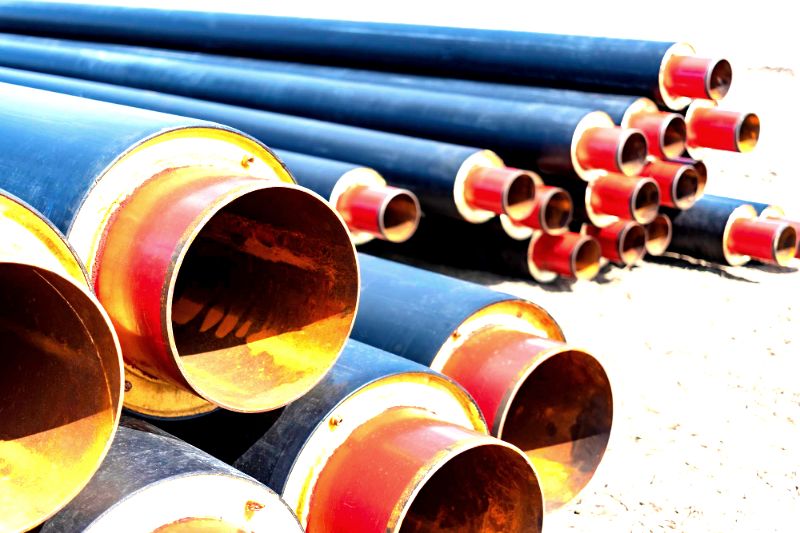 The right equipment is paramount in the ever-evolving oil and gas industry. Among the essential tools are the OCTG pipes, a key component in ensuring the safe and efficient extraction of hydrocarbons from beneath the earth. Let’s dive deeper to understand what OCTG pipes are, their types, features and why you should get in touch with oil pipe suppliers.
The right equipment is paramount in the ever-evolving oil and gas industry. Among the essential tools are the OCTG pipes, a key component in ensuring the safe and efficient extraction of hydrocarbons from beneath the earth. Let’s dive deeper to understand what OCTG pipes are, their types, features and why you should get in touch with oil pipe suppliers.
What Is OCTG Pipe?
- OCTG stands for Oil Country Tubular Goods, encompassing a range of steel pipes used in oil and gas drilling and extraction.
- These pipes can endure the extreme drilling environments and bear the extraction pressures.
- OCTG includes casing, tubing and drill pipes.
Different Types of OCTG Pipe
- Drill Pipe: The drill pipe is a sturdy, seamless conduit crafted to spin the drill bit and transfer drilling fluids. It plays a vital role in channeling drilling fluids through the drill bit and rerouting them up the annulus. With its design to handle axial stress, high torque and intense internal pressure, this pipe is indispensable in OCTG processes.
‘Annulus’ refers to the space separating the casing from the surrounding pipes or tubes. The main objective of the annulus is to maintain a smooth flow of fluids within the well. When you’re looking for specifications of drill pipes, turn to oil pipe suppliers.
- Steel Casing Pipe: These pipes are pivotal in supporting the borehole when extracting oil. These pipes are designed to manage axial tension. Defined by its expansive diameter, it is set into the drilled borehole and solidified with cement.
The casing contends with axial stress due to its mass, external pressures from the surrounding rock and fluid internal pressures. Once anchored, the casing provides numerous advantages:
It reinforces the drill string, preventing the collapse of the upper layers and acts as a shield against potential contamination of the well’s water supply.
These pipes ensure an efficient inner channel for the placement of the production apparatus, preventing any pollutant intrusion into production zones and averting fluid losses. Casing pipes act as a protective layer between the high-pressure zones and the surface.
- Tubing Pipe: Inside the casing lies the OCTG Tubing pipe, acting as the primary passage for oil flow. An integral part of OCTG, tubing comes with threaded connectors at both ends. It serves to transfer either natural gas or crude oil to the designated processing units after the completion of drilling.
Tubing is engineered to withstand extraction pressures and to counter the strains and changes associated with production and maintenance activities. The production process for tubing mirrors that of the casing but incorporates an extra step to increase its girth.
Learn about the Features of OCTG Pipe
- Durability: OCTG pipes Can withstand high pressures, high temperatures and corrosive environments.
- Versatility: They are designed to cater to varying drilling conditions and depths.
- Safety: They prevent any leakages or mix-ups, ensuring the environment’s safety.
- Efficiency: The right OCTG pipe can improve drilling and extraction speed.
Need OCTG Pipes: Contact Oil Pipe Suppliers
- Quality Assurance: Reliable oil pipe suppliers ensure the pipes meet industry standards and are fit for purpose.
- Customized Solutions: Every drilling operation is unique. Suppliers can provide tailored solutions.
- Long-Term Investment: With the right supplier, you get longer pipes, ensuring you get the best return on your investment.
- Expertise: Suppliers bring a wealth of knowledge to guide you in making the right choices.
Give us a Call to Meet Your Industrial Needs
Are you looking for the best oil pipe suppliers in the business? International Pipe is your go-to destination for top-notch OCTG pipes. With years of experience and a reputation for excellence, you can trust us to deliver.
